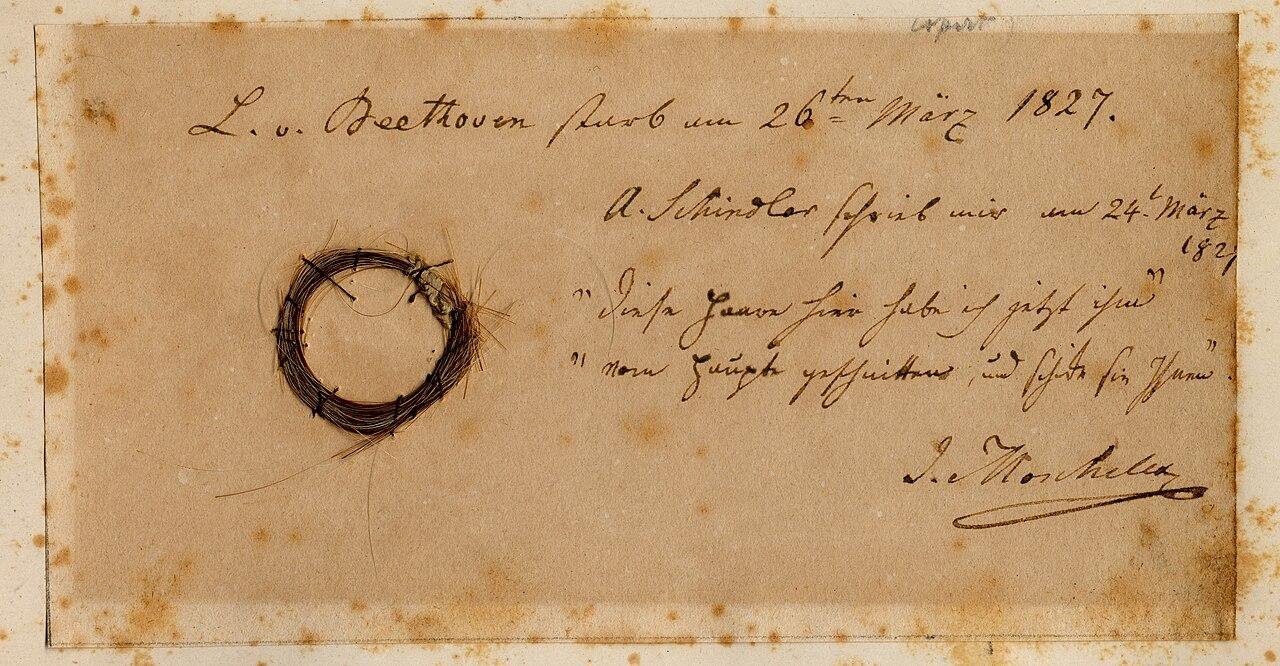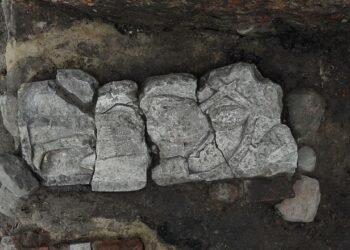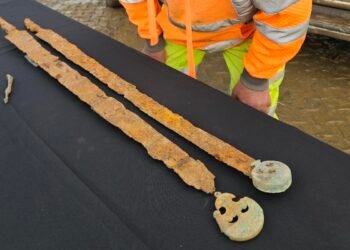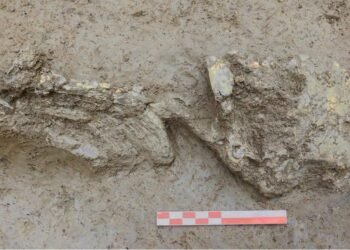A recent study published in the journal Clinical Chemistry has revealed the health challenges faced by the renowned composer Ludwig van Beethoven.

Researchers conducting DNA analysis on two authenticated locks of Beethoven’s hair found alarmingly high concentrations of lead, arsenic, and mercury, suggesting potential lead poisoning as a contributing factor to his various illnesses, including his well-documented deafness.
The investigation, led by a team of international researchers, including pathologist Paul Jannetto from the Mayo Clinic, revealed that one lock of Beethoven’s hair contained 380 micrograms of lead per gram, while the other had 258 micrograms per gram. These levels far exceed today’s normal standards, which are typically 4 micrograms or less per gram of hair. Moreover, the arsenic levels were 13 times higher than normal, and mercury levels were four times higher.
Lead poisoning, though not conclusively identified as the sole cause of Beethoven’s death at the age of 56 in 1827, may have significantly impacted his health throughout his life. Beethoven’s symptoms, including gastrointestinal issues, episodes of jaundice, and progressive deafness, align with the known effects of lead exposure.

Lead, often present in wine and consumed in copious amounts by Beethoven, could have contributed to his deteriorating health. During his lifetime, he was known to consume a bottle of wine daily and, later, even more, possibly exacerbating his exposure to lead, which was commonly used in the production of wine as a preservative and sweetener.
Kevin Brown, an Australian businessman and avid Beethoven enthusiast, facilitated the research by providing two of the authenticated locks of Beethoven’s hair for analysis. This contribution aligns with Beethoven’s own wish, expressed in 1802, for medical professionals to investigate the cause of his chronic illnesses posthumously.
Lead poisoning, though implicated in Beethoven’s ailments, may not have been the sole contributor to his death. As the world commemorates the 200th anniversary of Beethoven’s Ninth Symphony, the findings represent a crucial piece of the puzzle for historians, physicians, and scientists seeking to better understand the complexities of his medical journey.
























